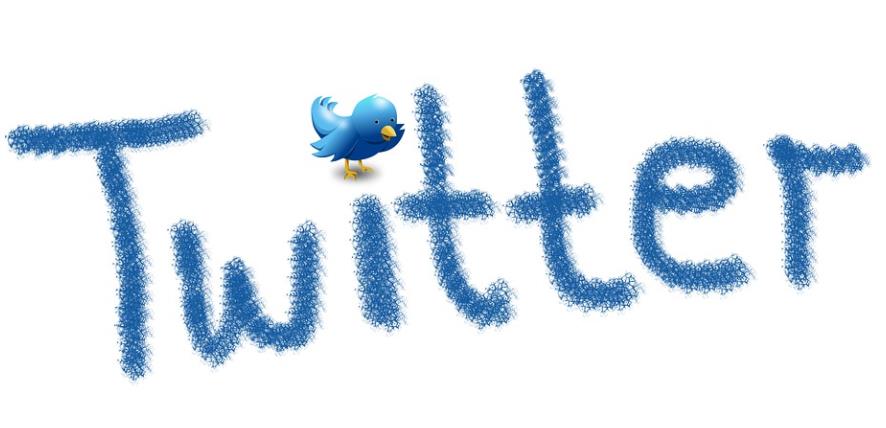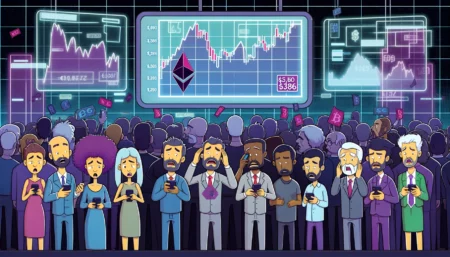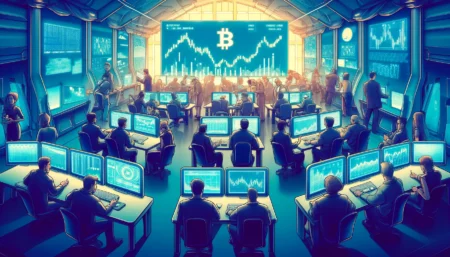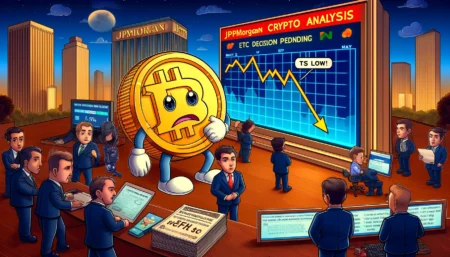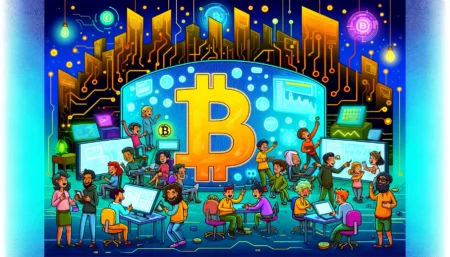As social media software Twitter began to support users using NFTs as their profile pictures, thousands of Twitter users’ avatars changed from circles to hexagons.
Meanwhile, Meta’s social platforms Facebook and Instagram are developing a feature where NFTs can be showcased as part of a user’s profile, according to the Financial Times.
NFT
An NFT is a unique digital asset that is permanently recorded on the blockchain, a digital ledger, used as proof of ownership of certain digital goods, such as images. If you see a celebrity or crypto enthusiast’s social software avatar online as a primate, or a pixel image, nine out of ten the avatar is a copy of the NFT they purchased.
Now, Twitter has launched Twitter Blue, a paid subscription service for NFT avatars, to users. After users change to NFT pictures, they will appear on Twitter in the form of hexagons to distinguish them from ordinary avatars.
Clicking on these NFT avatars will bring up a page showing real information about these NFTs, including their blockchain addresses and the identity of their creators.
Facebook declined to comment on its plans, but reports indicate that Meta is planning to integrate NFTs into its popular social platforms Facebook and Instagram, where users can not only mint NFTs but also display their NFT avatars. In addition to this, Meta may also create an NFT marketplace for users, according to people familiar with the matter.
Why social platforms are racing to embrace NFTs
Most social platforms use the number of “likes” and “favorites” as well as the number of followers as a measure of importance for users, and now the Twitter service encourages crypto enthusiasts to show off their NFT favorites, just in another clever way. Users provide “status symbols,” which tech analyst and investor Eugene Wei calls “status as a service.”
Like conspicuous consumption in consumer products, these new digital identity symbols allow people to confirm and demonstrate their membership in identity groups, as well as their social status.
In an influential 2019 article on social media by Eugene Wei, Wei argued that people are psychologically like “status-seeking monkeys” who seek opportunities to confirm and demonstrate their place in identity groups membership, and their place in the social hierarchy.
In his theory, the rise and fall of social networks depends on their ability to provide users with an appealing new way to acquire social capital.
Instagram users gain status based on their photography skills, looks or fashion sense; Twitter users based on their intelligence or ideological commitment. TikTok users are based on their musical tastes and dancing skills.
Of course, social media isn’t the only area where status is traded. Much of Eugene Wei’s theory also applies to fashion and art collecting, and these cases, along with NFTs, have an additional dimension of financial exclusivity.
This dimension is not entirely absent from social media, though, and Wei points out that Facebook was built for Ivy League students in the early days.
While NFT art was not yet on the rise when Wei wrote his article, it fits the theory perfectly.
NFTs have basically no utility, but they can reveal the owner’s taste, wealth, and it’s probably the purest example of “status-as-a-service” to date, as others have pointed out.
It’s no wonder that companies that revolve around providing users with a way to communicate identity and social status are eager to capitalize on the fast-growing and influential subculture to do so.
Wei said on his Twitter that putting NFTs into social media avatars is a way for its owners to “maximize the value of their signals,” and Wei’s avatar is a simple Lego head.
Profile photos have long been the closest thing we have to a personal component in the current two-dimensional, low-fidelity virtual world of social media.
So it’s no surprise that people have long viewed it as an important part of their real assets to spread their values, beliefs, status, etc.
Like all signals, it’s not just about status. Cryptocurrencies have a strong emerging ideological bent, so having an NFT profile picture section shows your allegiance to the space.
Indeed, NFTs are part of the crypto movement, and its more idealistic advocates like to talk about building a new, decentralized internet known as Web3 to replace the platforms of those tech giants.
At first glance, this seems to make them unsuitable for today’s large platforms. However, the rapid acceptance of the technology by these platforms suggests that they see NFTs as an aesthetic trend to exploit rather than an existential threat to defend against.
Social media profile pictures reflecting NFT artwork are not new. Since the beginning, NFT holders have used Boring Ape and Cypherpunk images as avatars to show off their membership in some kind of exclusive club.
Many also added “.eth” to their network nicknames, a reference to the Ethereum ETH -0.81% blockchain on which many NFTs are recorded.
But as crypto craze skeptics like to point out, you don’t actually have to buy an NFT to show it off on Twitter. Simply copy the image and make it your profile picture for free if you want, the equivalent of strutting around the city with a fake designer bag.
This is what Twitter is trying to solve by launching an NFT profile picture service. It is clear at a glance whether the NFT avatar used by the user is true or false.
Current challenges
However, this does not mean that the NFT avatar feature on Facebook, Instagram and Twitter will be a huge success. The problem is that the status that NFTs confer in the crypto community has very different foundations than the status conferred by social platforms.
People who gain followers on Twitter for dry humor or sharp political commentary are less likely to put a lot of money into their profile avatars, which they think says more about a user’s wealth than intelligence.
Predictably, there will be an immediate backlash from Twitter users. Some pranksters soon discovered that a “qualified replica” of an NFT avatar could be made with some basic Photoshop skills.
And some of the more tech-savvy people have noticed that Twitter’s functionality doesn’t clearly differentiate a proven subset of NFTs on the market like OpenSea, which tend to be exclusive and have high value, which means that anyone can save a copy of these valuable NFTs. A copy of the image, and cheaply minted into an NFT on the blockchain itself.
At the same time, some influential users saw the whole idea of NFTs as a hoax, or satire on the environment, and they encouraged others to block or block users who used Twitter NFT avatars.
This may not deter those already invested in the NFT world, who are now used to being teased, and the exclusion of non-NFT or crypto supporters may only strengthen their group identity.
But if the hexagonal avatar becomes a badge of shame for massive networks like Twitter, it could deter other crypto-curious people from joining.
The mainstreaming of NFTs by platforms like Twitter and Facebook, then, may ultimately further divide perceptions of NFTs.
But even so, the risk to the social network itself appears to be low. After all, divisive debates over identity, taste and politics are just another opportunity for these social network users to gain status.
